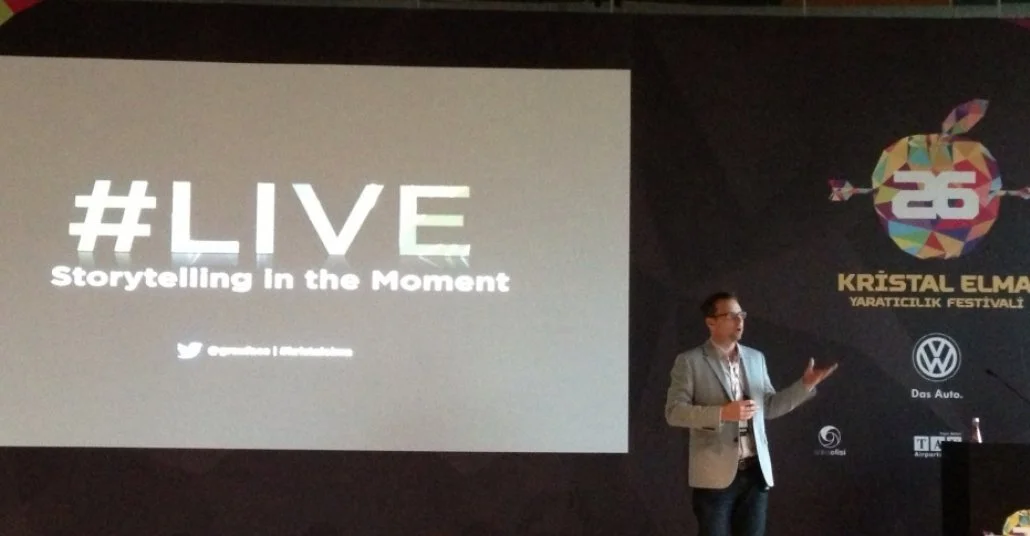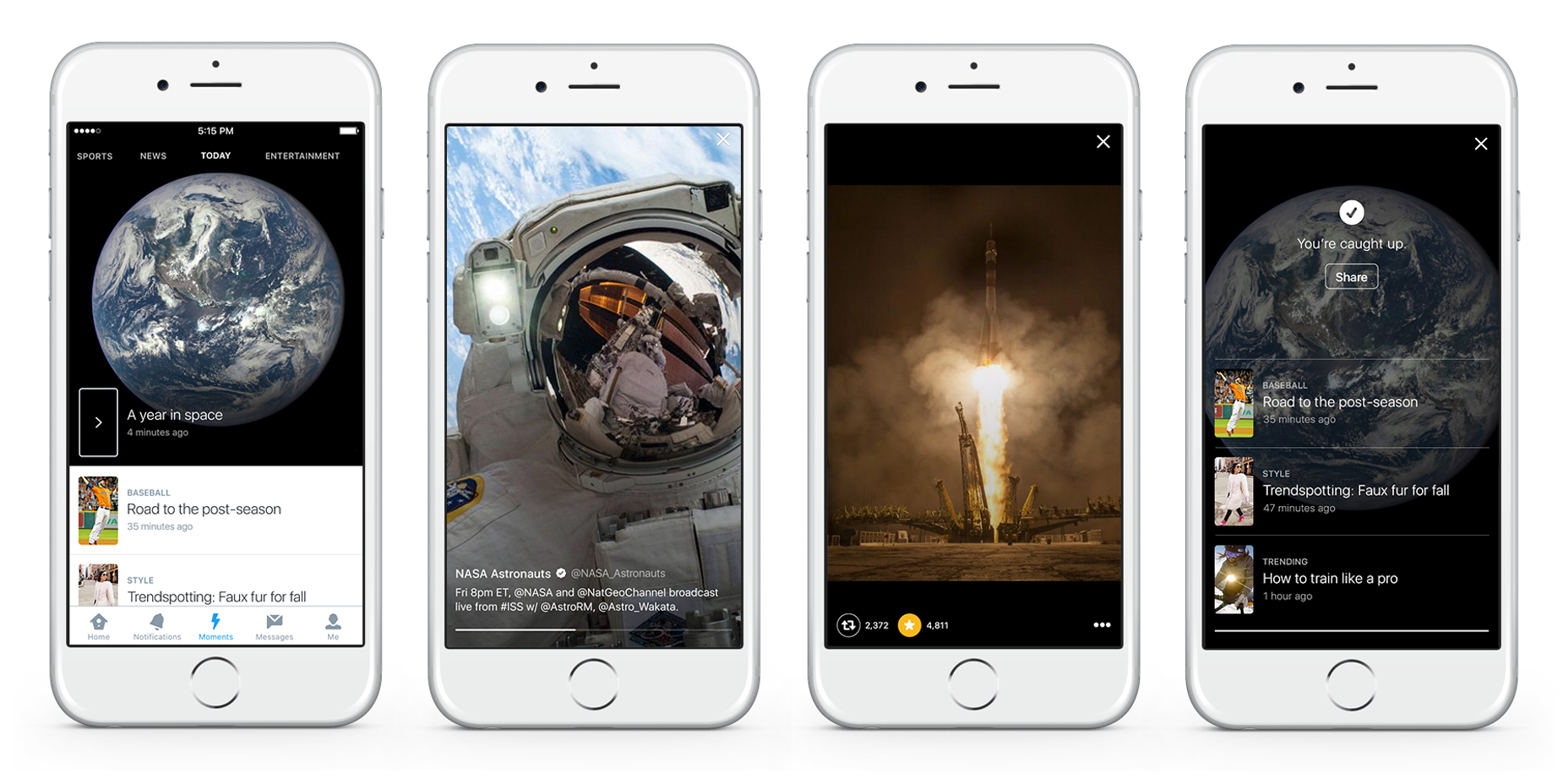A BIRD IN THE HAND
I created a Twitter account in 2009, and even though it was a little sleepy compared to Facebook, something resonated. When I was asked to join the company in 2010 to help figure out monetization and market the platform to brands, I jumped at the chance. My friend Dick Costolo had recently left Google (where we met while I was at YouTube) and joined Twitter as COO, so I was excited to reunite with him and be part of a much smaller (170 people) company on the cusp of something big.
Twitter in 2010 was a far cry from what it is today (and no, I won’t be referring to it as X). While it was surging in popularity, it was pretty basic with banal status updates and only the occasional funny quip, and you had to click out to 3rd party sites to see videos and photos (remember Twitpic?).
But as more news and major events broke on Twitter, more people joined. Celebrities joined, and the platform became the new comedy club, launching the careers of people like Rob Delaney. Then every media company started integrating tweets into their programming, from news to live events to scripted TV. Suddenly the little bird was a big dog, and there was money to be made.
The obvious path to monetization was through advertising, so we set out to lure big brands to spend big money. But much like how video was a tough sell in the early days of YouTube, our “promoted products” were a bit of a headscratcher because they were extensions of existing Twitter features. Marketers were used to banner ads or the “right rail” of Facebook, but native advertising was a brave new world.
After a wobbly start, we blasted off and scaled to $1 billion in ad revenue in less than four years. A successful IPO soon followed, and the world appeared to be our oyster. But there was an inherent clunkiness to the core product that ultimately slowed – then stalled, then reversed – user growth. In other words, the rocketship came back down to earth.
Many critics are quick to point out how the company was mismanaged and never lived up to its enormous potential. They may be right, but working for Twitter was a once-in-a-lifetime experience and I’m forever grateful, avian warts and all.
IN THE BEGINNING…
Every major brand wanted to be “first” to advertise with us, and we were pitched many “new and never been done before” ideas, most involving a homepage takeover (we didn’t offer that) or redesigning our logo to have the bird holding a product (oy vey).
Instead of cheap tactics, we tapped into what Twitter was becoming known for: live events. I developed the first custom program to pitch to advertisers – New York Fashion Week on Twitter – and American Express raised their hand high enough, so they earned the coveted “first-ever sponsor” distinction.
The landing page for the grainy, backlit #NYFW experience presented by AMEX
Because we were the hot new thing, we got access to many of the exclusive runway shows, so I armed a few colleagues with Blackberries (yes, Blackberries) to capture the action as it was happening. Mobile phone photography was subpar to say the least, so our live-from-the-runway content was far from making the cover of Vogue. But it was new and exciting, and that experience helped us codify our position that the world’s events happened on one place: on Twitter.
That ragtag experience created a slew of demand, so I launched a new internal team called Brand Strategy (eventually Twitter Next) to work with big brands on unique, creative integrations – including the first multimedia brand engagement program with Marie Clare. As our platform and mobile technology became more advanced, so did customer demand, and the team quickly grew from one person (yours truly!) to a large, global organization of award-winning brand strategists, designers, and technical producers who helped make Twitter the most coveted real-time marketing platform.
Among many things, our team famously created “war rooms” at the HQs of many brands in an effort to help them become experts at developing relevant and clever live content around big events. While there have been many big brand moments over the years, none stands out more than our work with Oreo, who “won” Super Bowl XLVII with their legendary (and very low cost) tweet in response the 34 minute power outage that happened mid-game. It earned over 500 million media impressions (or 5x the number of people who watched the game) and dominated the news cycle for days after – much to the chagrin of the official sponsors who spent millions on their TV ads.
Oreo’s Super Bowl blackout tweet won the night and helped catapult Twitter to the top of advertisers marketing plans.
GOING GLOBAL
Twitter’s growth in the US was actually being outpaced internationally. We had opened a few bespoke offices and made a few key hires in several strategic markets, but we couldn’t keep up with demand. So in addition to my primary duties running the Brand Strategy team out of San Francisco, I racked up a ton of miles launching new markets, from Singapore to Brazil to India. I eventually relocated to Dublin, Ireland, to be part of the EMEA leadership team, officially becoming an expat in 2013.
I oversaw Brand Strategy and Business Marketing, but to ensure we had demand my other main focus was opening new offices and scaling our business across the region. As part of that effort, I was the “face” of Twitter in Europe and beyond. I spent a ton of time on stages at major tech and media conferences, like Le Web and DMEXCO. I even gave a speech in a movie theatre in Romania (anything to win them over!). Storytelling was critical, as many viewed us as a smaller Facebook – same thing, just fewer users. But Twitter was different; we were the global town square, and I pounded that drum in the form of over 100 keynote presentations to audiences big and small, from CMOs to agency heads to media execs to government officials. I even pitched the story to Ulf from Ace of Base on a cold day in Stockholm. Rest assured, it opened up his eyes.
Me supermodeling along side Twitter Ireland MD Steven McIntyre.
Me delivering one of 432,813 keynotes across EMEA.
MOMENT(S) IN TIME
After my international tour of duty, I returned to HQ and shifted over to consumer marketing to take on a big challenge: negative user growth.
The research revealed that people left Twitter because they found it complicated and cumbersome. They intellectually got that it was a great utility for breaking news and real-time content, but practically using Twitter was akin to assembling IKEA furniture: seemingly impossible.
In response, we developed the first editorial product feature that we aptly named Moments, which allowed people to consume the content Twitter had become famous for more easily. The algorithm pointed towards what was trending, and a team of curators manually pulled together the most comprehensive perspective on what was happening.
To create awareness, we launched the company’s first-ever TV commercial in record time (quite literally: it came together in 4 weeks). We partnered with the MLB to spotlight the upcoming playoffs and Twitter’s role as the place to keep up with the action then targeted this message to our churned sports enthusiast cohort we hoped to win back.
Moments, which made the Twitter firehose a little more like a gardenhose.
“Post Season”, Twitter’s first national TV campaign to highlight the Moments feature in conjunction with the MLB playoffs.
It took a minute, but growth started to bounce back, and the Moments feature became very popular. After years of boasting “If it’s happening in the world, it’s happening on Twitter”, we were finally putting our Moments where our mouth was.





